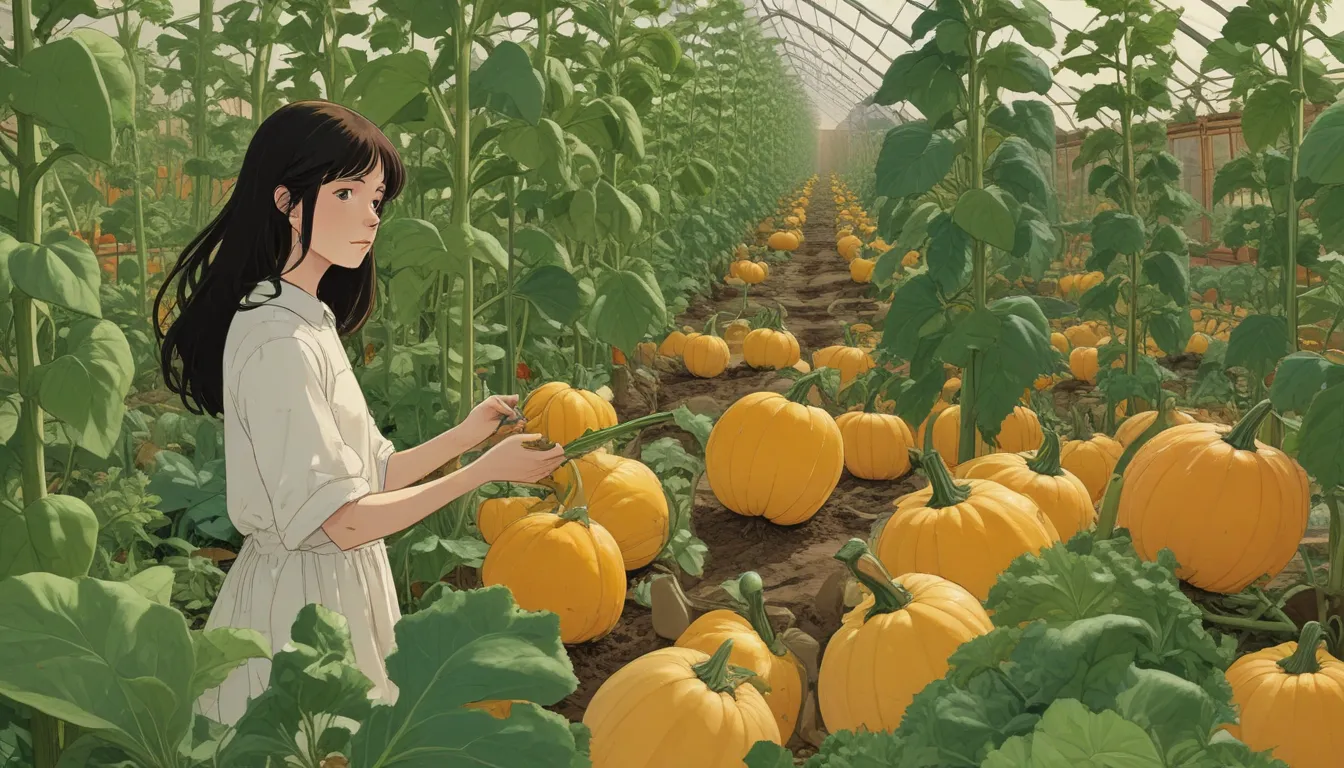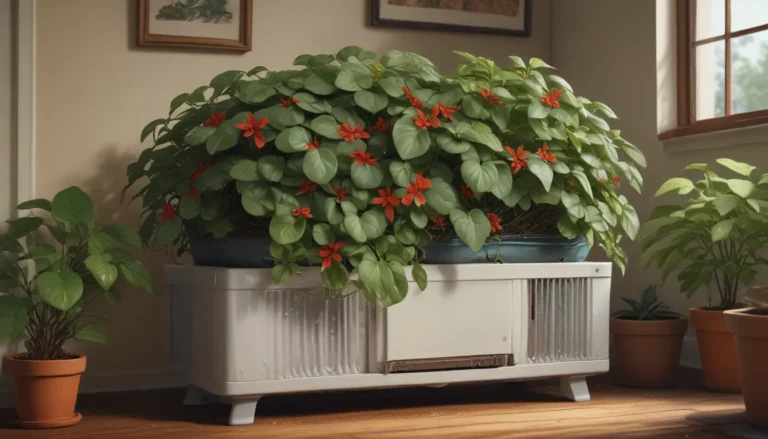How to Plant and Grow Italian Cucuzza Squash

Italian cucuzza squash, also known as Lagenaria siceraria, is a unique and versatile vegetable that combines the appearance of a gourd with the taste and texture of summer squash. From its rapid growth to its delicious flavor, this plant has a lot to offer for home gardeners looking to try something new in their vegetable patch.
Is it a gourd? Is it a vegetable? The Italian cucuzza squash is all of that – and more. With its long, rapidly growing fruits and ornamental gourd-like appearance, this plant is a fascinating addition to any garden.
What Is Italian Cucuzza Squash?
Italian cucuzza squash is a member of the same species as birdhouse gourds, and its vines require similar support systems to grow properly. The plant produces long, sprawling vines with hairy, dark green leaves and attractive white flowers that bloom primarily at night.
The fruits of the Italian cucuzza squash start off pale green and mature to a yellow or pale brown color, with a creamy white interior. Native to Africa and southern Italy, this plant has been cultivated for centuries for both its edible fruits and hardshell gourds, which have various uses beyond the kitchen.
Cultivation and History
Cultivating Italian cucuzza squash is relatively straightforward, though it thrives best in hot, humid conditions. Gardeners in warmer climates will have the most success with this plant, but it can be grown in USDA Hardiness Zones 2 through 11 with some preparation and care.
Propagation
Italian cucuzza squash is best grown from seeds sown directly into the garden. The fragile roots of this plant do not handle transplanting well, so starting seeds indoors in biodegradable pots several weeks before the last spring frost date is a good option.
How to Grow
To grow Italian cucuzza squash successfully, plant seeds in a location that receives full sun with a bit of light afternoon shade. Amend the soil with compost and maintain even moisture throughout the growing season. Italian cucuzza squash plants are primarily self-pollinating, though hand pollination may be necessary in areas with poor pollinator populations.
Growing Tips
- Amend the soil with compost before planting.
- Plant seeds in a full sun location.
- Water deeply at least once per week, especially in the absence of rain.
Pruning and Maintenance
Italian cucuzza squash plants do not require pruning except for removing dead or diseased leaves. Providing support for the vines, such as trellises, fences, or teepees, can help prevent fruits from becoming misshapen on the ground. Mulching around the plants can help retain nutrients and moisture in the soil.
Where to Buy
Italian cucuzza squash seeds can be challenging to find in local gardening supply stores, but they are available online from sites like True Leaf Market.
Managing Pests and Disease
Italian cucuzza squash is susceptible to common insect pests such as aphids, cucumber beetles, pickleworms, squash bugs, and squash vine borers. Diseases like anthracnose, bacterial wilt, downy mildew, fusarium wilt, and powdery mildew can also affect these plants.
Insects
- Aphids: Symptoms include curled, brown leaves. Control with insecticidal soap.
- Cucumber Beetles: Can transmit bacterial wilt, control with row covers or handpicking.
- Pickleworms: Tunnel into fruits, control with sprays like Bacillus thuringiensis (Bt) or spinosad.
- Squash Bugs: Cause rapid wilting of leaves, control with insecticides.
- Squash Vine Borers: Tunnel into stems, rotate crops and till soil to prevent infestation.
Disease
- Anthracnose: Symptoms include yellow spots on leaves, remove and destroy affected vines.
- Bacterial Wilt: Spread by cucumber beetles, control by managing pests.
- Downy Mildew: Symptoms include yellow lesions on leaves, water wisely and provide space between plants.
- Fusarium Wilt: Attacks roots and stems, rotate crops and manage water to prevent.
- Powdery Mildew: Causes white growth on leaves, control with proper watering and airflow.
Harvesting
Italian cucuzza squash should be harvested when they are young and light green, around four to five inches long. Harvest by gently snapping each fruit from the plant, leaving a bit of the stem intact. Squashes can be continuously harvested throughout the growing season and stored in the refrigerator for up to a week.
Preserving
For longer storage, Italian cucuzza squash can be frozen or pickled. To freeze, blanch and slice the squash before sealing in freezer bags. Pickling is another option for preserving this versatile vegetable.
Recipes and Cooking Ideas
Peel Italian cucuzza squash before cooking and consider using additional seasonings as it may have a milder flavor than zucchini. This plant can be used as a substitute in most zucchini recipes and tastes best when sautéed with olive oil, garlic, and onions. Don’t forget to try the leaves and young shoots, which can be sautéed for a tasty side dish.
Italian cucuzza squash offers a form, function, and flavor in the garden, making it a versatile and attractive addition to any vegetable patch.
Conclusion
Italian cucuzza squash is a unique and rewarding plant to grow in your garden, offering both ornamental value and delicious fruits. With proper care and attention, you can enjoy a bountiful harvest of this versatile vegetable throughout the growing season. Give Italian cucuzza squash a try in your garden and explore all the different ways you can enjoy this fascinating plant!
Have you grown Italian cucuzza squash before? Share your experience and favorite recipes in the comments below!





